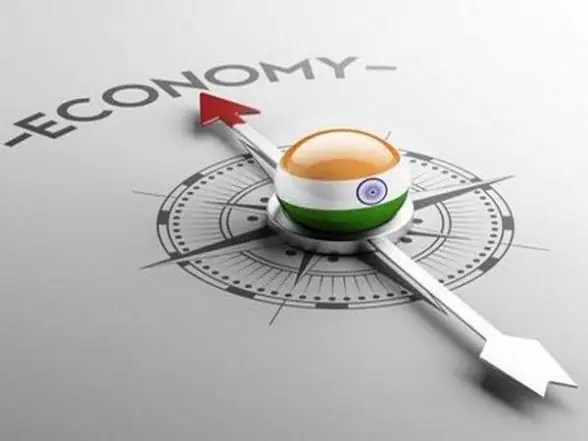Signs of Economic Slowdown in India: A Detailed Analysis
Overview of Economic Indicators
Recent reports from Nuvama indicate that high-frequency indicators of the Indian economy are showing troubling signs of slowdown. Despite the Reserve Bank of India’s (RBI) proactive measures—such as interest rate cuts and liquidity injections—key sectors are experiencing weakening growth momentum. This shift raises concerns about the sustained strength of India’s economy, especially in the context of previous growth rates.
Declining Economic Growth Rates
A stark transition has been observed in various economic indicators over the past year. Data that once boasted double-digit growth are now sitting at single digits, reverting to levels comparable to those seen before the COVID-19 pandemic. Nuvama’s report highlights that many of India’s high-frequency data points—traditionally seen as harbingers of economic health—are now reflecting a downward trend.
Bank Credit Growth
One of the alarming statistics presented is the decline in bank credit growth. A year ago, this figure was at a commendable 16%, but as of June 2025, it has plummeted to just 9%. This sharp decline serves as an indicator of reduced borrowing and suggests a weakening demand in the economy. The hesitance to take on debt often reflects businesses and consumers pulling back from spending and investment, which could have longer-term implications.
Goods and Services Tax (GST) Collections
The slowdown is further exemplified by GST collections, which have dropped from an 11% growth rate last year to a mere 6.2% in June 2025. Such sluggish growth in GST collections points towards a corresponding decline in consumption and business activity. This trend could signal diminishing confidence among consumers and business leaders alike, potentially stalling a broader economic recovery.
Challenges in Export Growth
Moreover, export growth is languishing, with total exports across goods and services reaching only a 6% increase—significantly lower than the double-digit growth figures seen during the fiscal year 2023. This deceleration in exports is troubling, considering that robust foreign trade often serves as a backbone for economic expansion, particularly in a developing economy like India.
Consumption Indicators
The consumption landscape is painted with similar shades of decline. For instance, passenger vehicle (PV) sales have tapered off to a growth rate of just 2%, a stark contrast to the previous year’s 7%. In the real estate sector, property sales in major urban areas are experiencing a drastic drop, with growth rates shrinking from 28% last year to only 4%.
Wage Growth Trends
Wage growth displays a similar pattern, as evidenced by the BSE500 companies’ reports. The growth rate in wages has halved from 12% to 6%, which may impact consumer purchasing power and overall demand in the economy. If workers do not see their wages rise in line with inflation, they are less likely to spend, thereby stalling economic momentum.
Performance of Core Industries
On the industrial front, growth in eight core sectors has slowed to 3%, down from 8% a year earlier. Diesel consumption has faltered to a growth of only 1%, while Medium and Heavy Commercial Vehicle (MHCV) sales have dwindled by 3%. Such slowdowns in fundamental sectors highlight significant weaknesses in industrial production and logistics, which are critical for overall economic health.
Profit Growth in Corporations
Profit growth among BSE500 companies, excluding oil marketing firms, is also indicative of a broader economic malaise. This figure has dropped from 21% to 10%, suggesting that corporate earnings are under pressure, which could translate into cost-cutting measures, impacting employment and investment.
Conclusion Without Finality
As we review the data, the signal is clear: many of India’s high-frequency indicators are moving back toward single-digit growth, reminiscent of the pre-pandemic years of 2018-19. Despite the efforts from policymakers, the economic landscape appears increasingly challenging, indicating that additional steps may be necessary to stimulate growth across various sectors.
